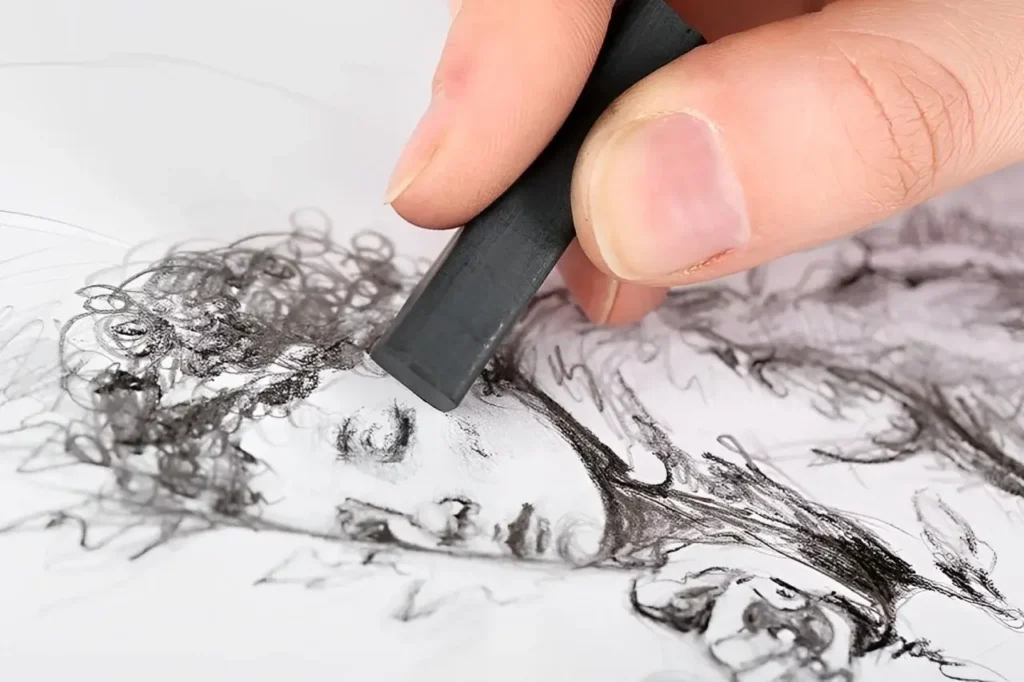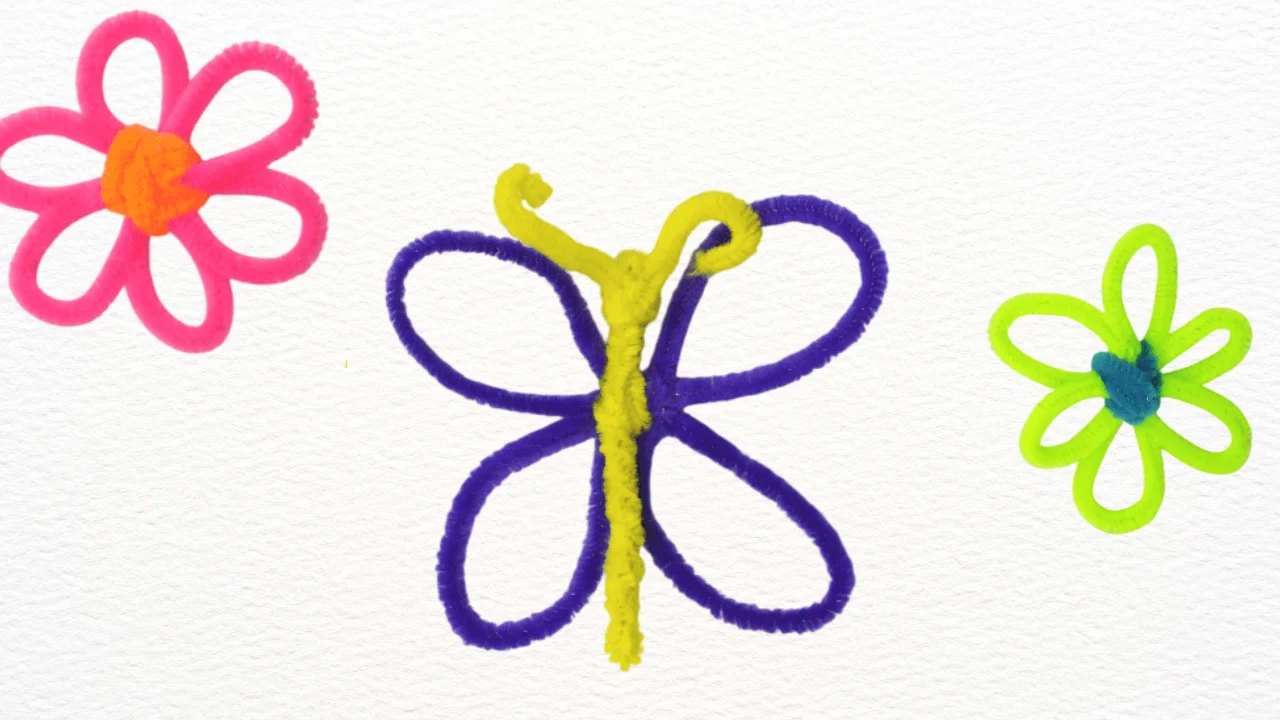Category
- No categories
Recent Posts


Sketching is the backbone of visual art, serving as the starting point for artists of all levels. Whether you’re just beginning your artistic journey or seeking to refine your techniques, mastering sketching is key. In this blog, we’ll explore practical tips and strategies to help you improve your sketching skills. From grasping the basics of shapes and proportions to experimenting with light, shadow, and different mediums, you’ll find actionable advice that will elevate your drawings. Whether your goal is to create more realistic sketches or to broaden your creative horizons, these insights will set you on the right path.
Table of Contents
Understanding the Basics of Sketching
Before diving into advanced techniques, it’s essential to grasp the fundamentals of sketching. Start by familiarizing yourself with basic shapes—circles, squares, triangles—and how they form the building blocks of more complex subjects. Practicing these shapes helps you understand proportions and perspectives, crucial elements that define the accuracy and realism of your sketches.
For example, when sketching a face, start by drawing an oval for the head, then add guidelines to mark the positions of the eyes, nose, and mouth. This step-by-step breakdown makes complex subjects manageable and improves the overall structure of your sketches.
Improving Your Line Quality
The quality of your lines can dramatically influence the outcome of your sketches. Lines can be expressive, conveying mood, texture, and form. To improve your line quality, practice drawing long, continuous lines without lifting your pencil from the paper. Focus on controlling the pressure you apply, as this will affect the thickness and darkness of your lines.
Try varying your line work by incorporating different types of lines—such as smooth, broken, thick, and thin—in your sketches. This variation adds depth and interest to your drawings. As you practice, you’ll develop a more confident and fluid line, which is essential for creating polished, professional-looking sketches.
Practicing with Different Mediums
Experimenting with various sketching tools can significantly enhance your skills and broaden your artistic repertoire. Each medium—whether it’s graphite, charcoal, ink, or colored pencils—offers unique characteristics that can change the feel and appearance of your sketches.
For instance, graphite pencils allow for precise detail and smooth shading, while charcoal creates bold, expressive lines and rich textures. By working with different mediums, you’ll learn how to adapt your techniques to suit each one’s strengths. This experimentation not only keeps your practice sessions exciting but also deepens your understanding of how to manipulate different tools to achieve your desired effect.

Experimenting with Light and Shadow
Shading is crucial for adding depth and realism to your sketches. Understanding how light interacts with objects will help you create more three-dimensional and lifelike drawings. Start by identifying the light source in your composition and observing how it affects the object’s highlights and shadows.
Practice shading techniques such as hatching, cross-hatching, and blending to create smooth transitions between light and dark areas. Experiment with different types of lighting—natural sunlight, artificial lighting, or dramatic lighting setups—to see how shadows change in intensity and direction. This experimentation will enhance your ability to depict volume and depth in your sketches.

Using References Effectively
Using references is a vital tool for improving your sketching accuracy and understanding. Whether you use photographs, real-life objects, or other artworks, references can help you capture details and proportions that are difficult to achieve from imagination alone. However, it’s important to use references as a guide rather than copying them exactly.
Start by analyzing your reference, breaking it down into basic shapes, and noting key details. Then, sketch your interpretation, focusing on capturing the essence of the subject while allowing room for your creative input. This approach helps you learn from your references while still developing your unique style.
Regular Practice and Experimentation
Consistent practice is the cornerstone of improvement in any artistic discipline. Set aside dedicated time each day or week for sketching. Focus on different subjects and techniques to keep your practice varied and engaging. For example, you might spend one session working on portraits and the next on landscapes or abstract forms.
Don’t be afraid to experiment—try new styles, tools, and approaches. This experimentation not only prevents creative burnout but also leads to breakthroughs in your skills. Keep a sketchbook to track your progress over time, and don’t shy away from revisiting old sketches to see how much you’ve improved.
Improving your sketching skills is a continuous journey that requires dedication, practice, and a willingness to experiment. By mastering the basics, focusing on line quality, experimenting with different mediums, and using references effectively, you’ll see noticeable progress in your work. Remember, the key is to keep sketching regularly and to enjoy the process of growth as an artist.
FAQs:
What are the basic tools I need for sketching?
The basic tools for sketching include a set of graphite pencils (ranging from hard to soft), an eraser, a sharpener, and sketching paper. As you advance, you might also experiment with charcoal, ink pens, and colored pencils to diversify your toolset.
How can I improve my line quality in sketches?
To improve your line quality, practice drawing long, continuous lines with varying pressure to create different line weights. Focus on making your lines confident and smooth. Regular practice and experimenting with different tools like fine liners and brush pens can also enhance your line work.
What are some good references for sketching practice?
Good references include photographs, real-life objects, and art books. Websites like Pinterest and Unsplash offer a vast collection of reference images. You can also use anatomy books for figure drawing, or go outside and sketch from nature or urban environments.
How often should I practice sketching to see improvement?
To see significant improvement, aim to practice sketching daily or at least several times a week. Consistent practice helps reinforce techniques and allows you to experiment with new styles and subjects. Even short sessions can contribute to your overall progress.
What are some common mistakes to avoid when sketching?
Common mistakes include focusing too much on details before establishing the overall structure, using too much pressure on the pencil, and being overly critical of your work. To avoid these, start with light, loose sketches to establish proportions, and gradually refine your drawing. Remember that making mistakes is part of the learning process.
Written by Luwans
Best offers
Join Risk Free
15 days refund
100% Safe
Secure Shopping
24x7 Support
Online 24 hours
Best Offers
Grab Now
Free Shiping
Over $50
Know Us

At Luwans, we believe in the power of creativity. Our passion lies in providing artists, crafters, and hobbyists with the highest quality materials to bring their ideas to life.
Read MoreCreative Trends




Leave a Reply